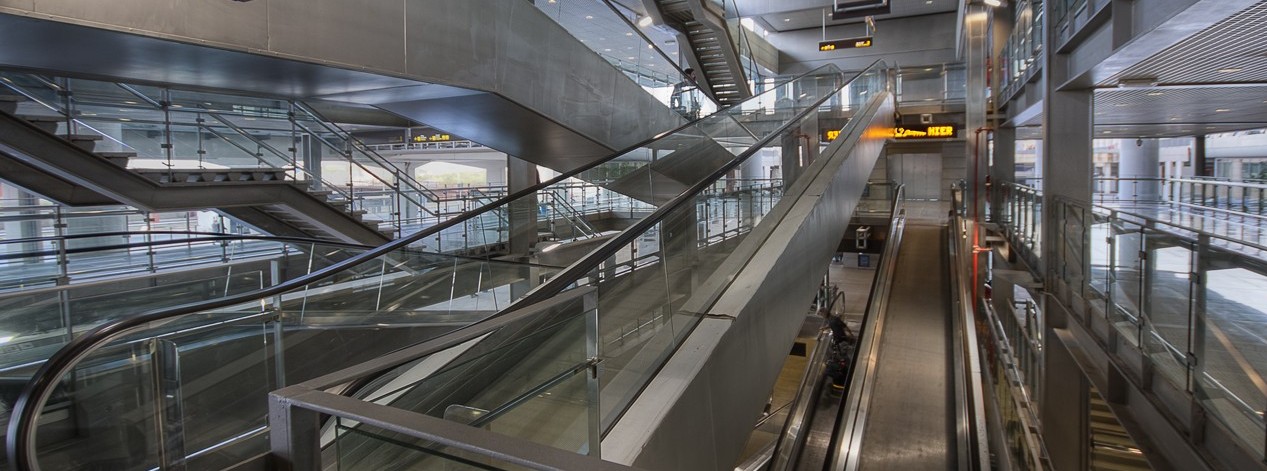If someone has wondered why I use HDR the respond is – as I commented a few days ago with a photographer buddy through Facebook – maybe, ‘cos we are crazy and we love editing pictures.
In fact, he was telling that he had problems manual blending the lights and shadows of a metallic tower structure. I suggest him blending it automatically using Fusion Mode, for example, in Photomatix and later doing little changes with the exposures manually in PS.
But on the other hand, from a technical point of view, the use of multiexposures techniques is due to the limitation of cameras. The human eyes can see more tones than a camera sensor. And scenes like night-shots have extreme highlights in the bulbs, for example, and dark in the sky. So it is necessary to cover all dynamic range to use DRI or HDR.
And we can go far away, and do it more complex with something that we can call with a new ‘term’ as multi-multiexposures. I am going to explain it with some examples:
– HDR/DRI Pamoramas or Vertoramas: a composition of several images horizontally or vertically overlapped between them, taken 3 or more exposures for each one. Processing them individually and merging them later with a panorama edit program. Someones prefer another workflow – as you wish – each one has its advantages and disadvantages. See Klaus Herrmann.
– HDR/DRI Time lapse. It this case, we combine images at different time but focussing the same spacial elements, so we capture how some objects are moving in the scene, for example the clouds motion and how the light changes in the scene in the static elements, for example the ground.
– Stars trails. A composition of trails generated at different time intervals. For example, each interval for a bit of curve generated from an exposure of around 30s with interval of 5 s with the following one. Later, all exposures can be stacked with a special program like StarStaX, in order to generate curves (stars lights trails).
– Full control of DOF. To clarify the situation, the example can be marina shot with artificial lights at blue hour. The approach can be an HDR or DRI to cover the scene but the problem are the boats on the foreground. As a night-shot, to get more sharpness and less noise, it is usual to shot with a small aperture, around f11-f16, and low ISO, around 100-400. But then, the long exposure time does that the boats near the photographer are moved and as consequence we have objects with blur. Then, to get them with sharpness you can shot with a wider aperture or increase ISO. You should take a compromise between reducing DOF or increase noise in a little zone … just the boat. That depends on your camera. Changing aperture to change the focal plain. So if you combine these images, you have the same result as in macro photography when due to little distance to subject only a little zone of the photo is in focus and you can blend different shots with different focus zones to get the overall image in focus.See Daniel Cheong.
– Digital Art. Another option can be multiexposures for photo montages when you want different images to do a composition or transparencies or matte-paintings (see Giuseppe Parisi).
Puerto Deportivo, Marbella (Spain)
Canon EOS 450D | Sigma 10-20mm f4-5.6 DC EX HSM @ 10 mm | f11, 8s, ISO 100.
HDR/DRI from 6 exposures:1 @ f5 and 2 @ f11: -2..0..+2, to get the boats without movement and the sharpness all over the picture.





